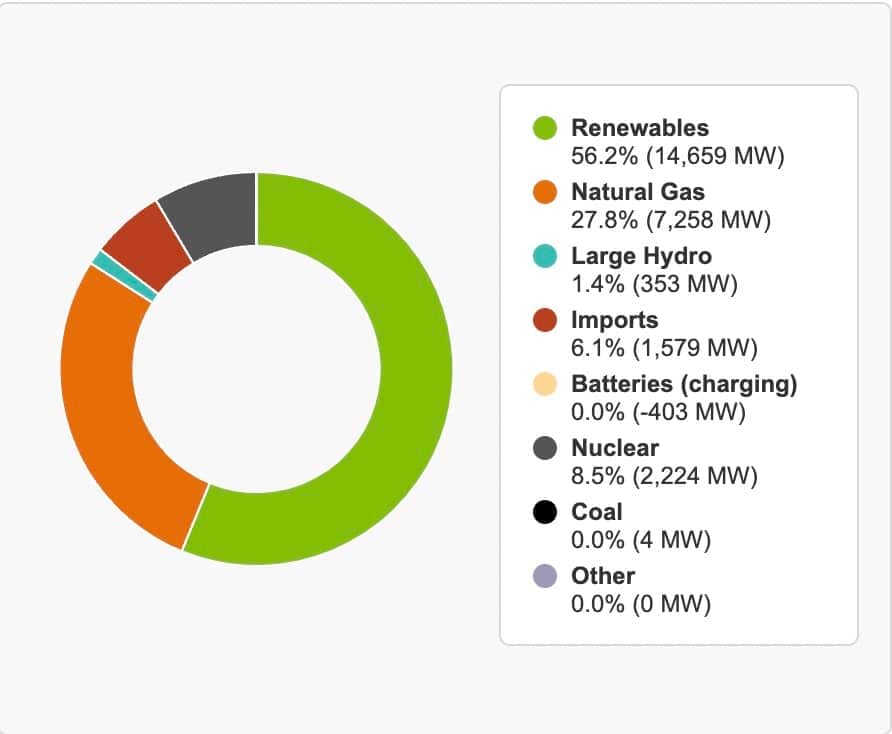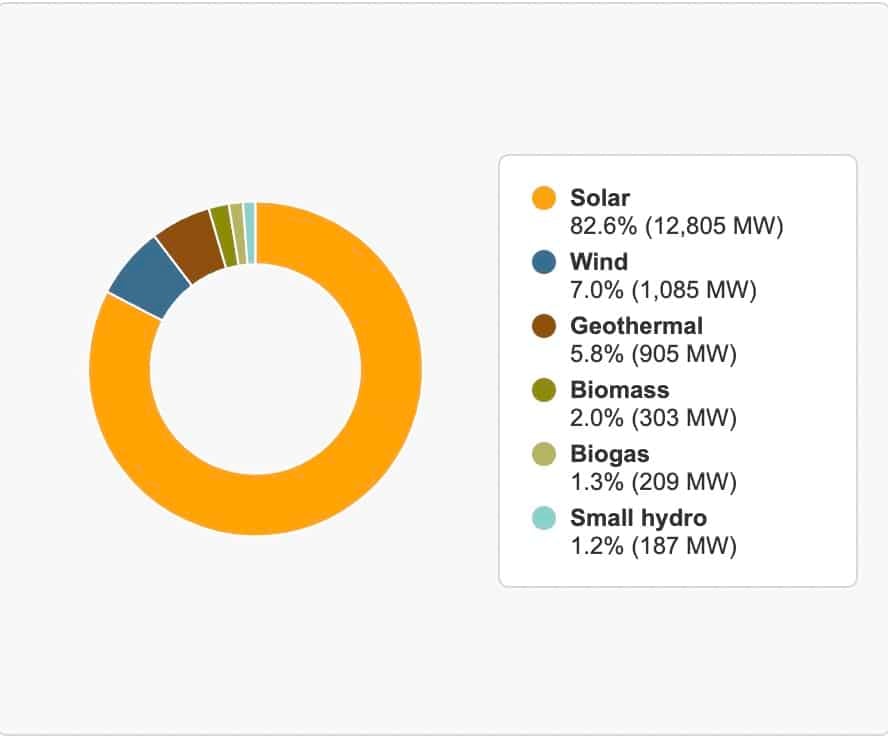LOS ANGELES (CN) — The record heatwave that pummeled California this month put unprecedented demand on the state's electric grid. The balancing act to keep the lights and air conditioning on during the triple-digit temperatures also gave a glimpse of what the future holds as climate change and a shift to renewable energy sources will require consumers to become more flexible when it comes to using electricity.
Researchers at the California Institute of Technology in Pasadena are at the forefront in trying to solve this conundrum: How can an electric grid fed by unpredictable solar and wind power meet the future requirements of the state when more extreme heatwaves and a simultaneous transition to zero-emission vehicles will only mean greater demand for electricity? The solution they're working on is a decentralized "smart grid" where mathematical models will be used to optimize power distribution and consumption based on when and where it's available and most needed.
"The transition to clean and sustainable energy is massive and involves many different aspects," said Steven Low, professor of computing and mathematical sciences and electrical engineering at Caltech, whose research involves electric-vehicle charging and smart-grid infrastructure. "These extreme weather events will add to challenges during this transition."
California is spending billions of dollars to make sure the state's grid can withstand the increased demand caused by heatwaves in the coming years as well as diversifying the state’s clean energy portfolio with long duration storage and offshore wind in particular.
"These technologies complement our abundant solar resources by providing generation at the end of the day and into the evening as the sun sets," a spokesperson for the California Energy Commission said in an email.

The idea of a smart grid has been around at least since the 2007 U.S. Energy Independence and Security Act, which called for an "increased use of digital information and controls technology to improve reliability, security, and efficiency of the electric grid." But California's goal to have 100% renewable energy by 2045 is adding urgency to the need to implement new technology to keep the grid stable and demand and supply balanced when it's fueled by solar and wind power.
The research at Caltech focuses on numerous aspect of sustainable energy. Chemical engineers are working on fuel cell and energy storage — new kinds of batteries and new kinds of materials to produce batteries with drastically longer life and also higher capacity.
As the sun goes down and people come home, there's a rapid discrepancy between the available renewable energy and consumer demand. During the recent heat wave, Californians were urged to set the thermostat on their air conditioner higher in the evening and avoid using large appliances to prevent outages. Stored energy can fill some of that gap and the California Independent System Operator, which oversees the power grid, cited the more than 3,000 megawatt in battery storage that have come online in the past two years as one of the reason outages were avoided during the recent heatwave.
"In Southern California we have plenty of solar and wind," said Marvin Moon, assistant general manager for power delivery with the Pasadena Department of Water and Power, which is working with Caltech on implementing new technology. "The challenge is energy storage, which is 15 years behind solar technology."

California will need a lot more battery storage and it's unclear whether the stationary lithium-ion batteries that are used now will be sufficient, particularly on a systemwide level according to Low, and therefore some new long-term storage solution will have to be found.
A second, maybe more esoteric question is how to stabilize the grid when it's powered by inherently unstable sources such as wind and sunshine.








